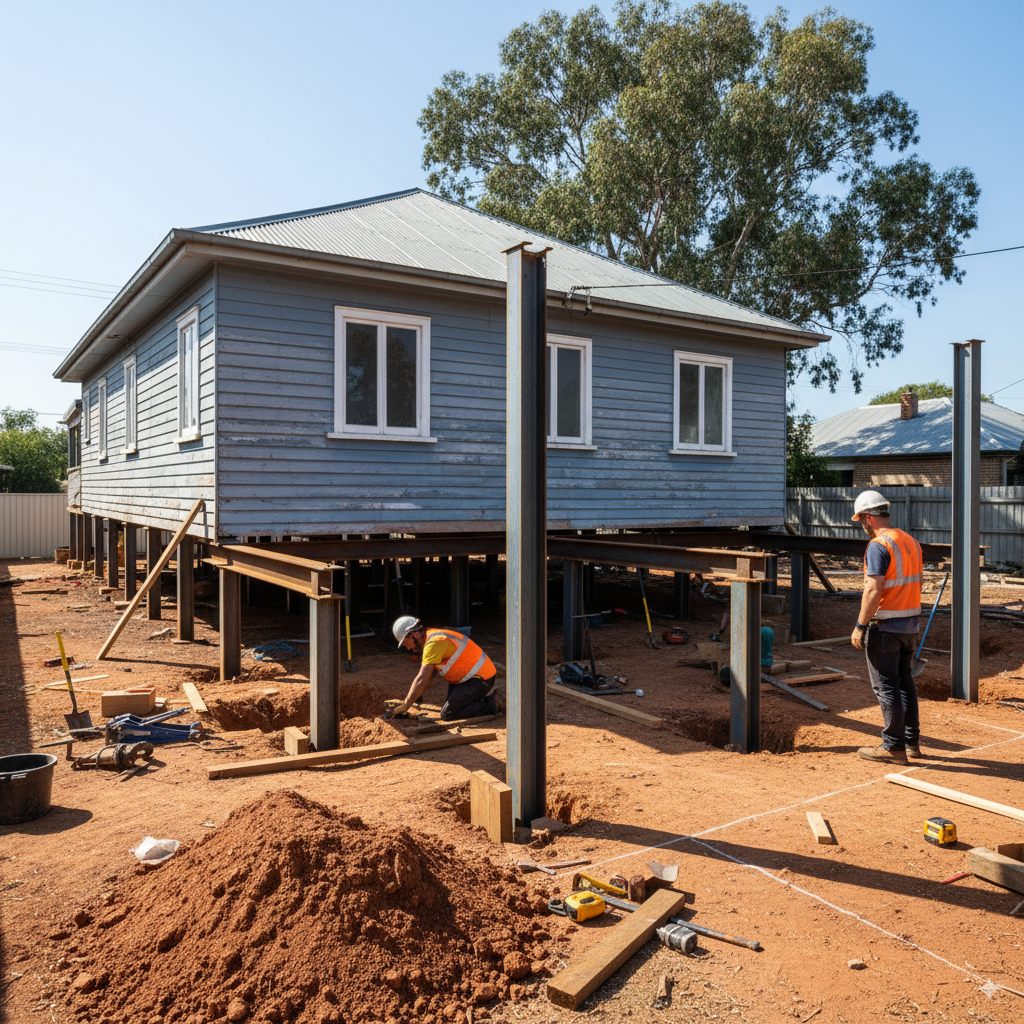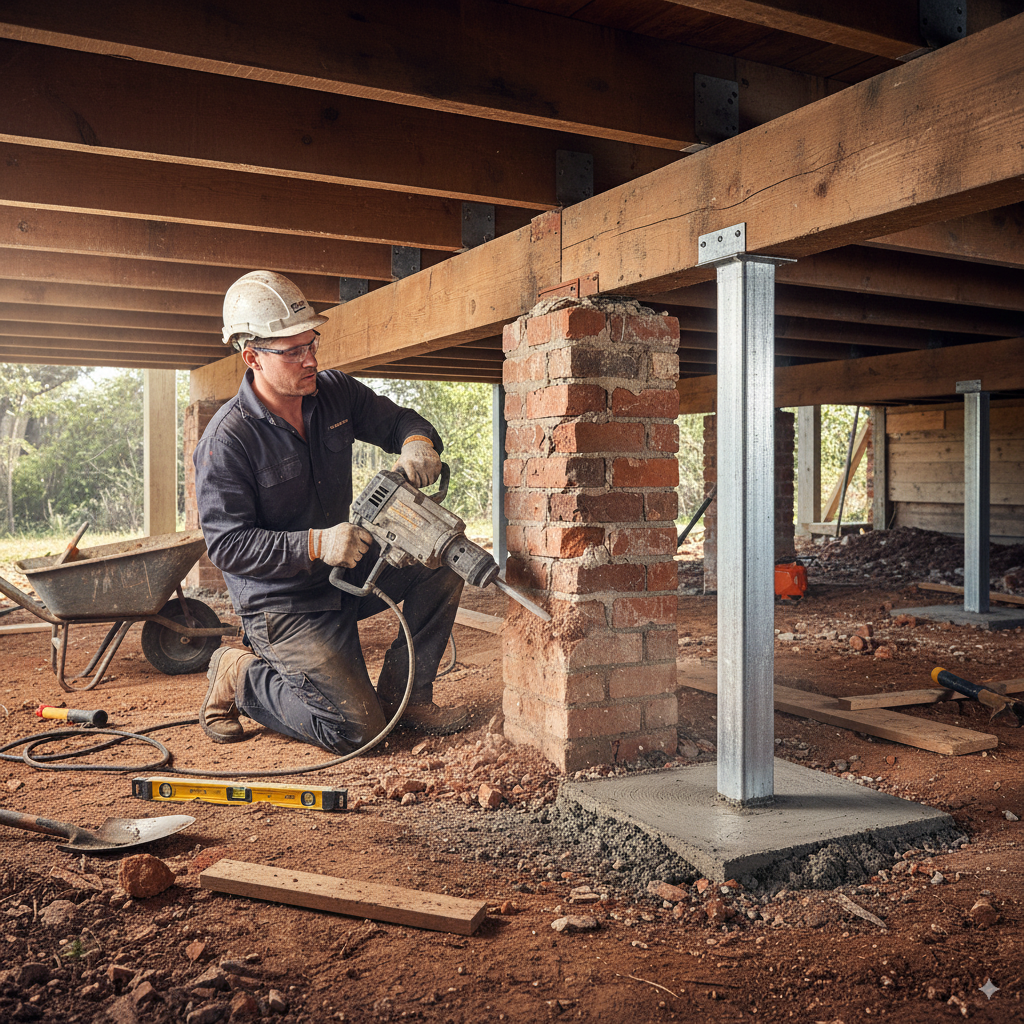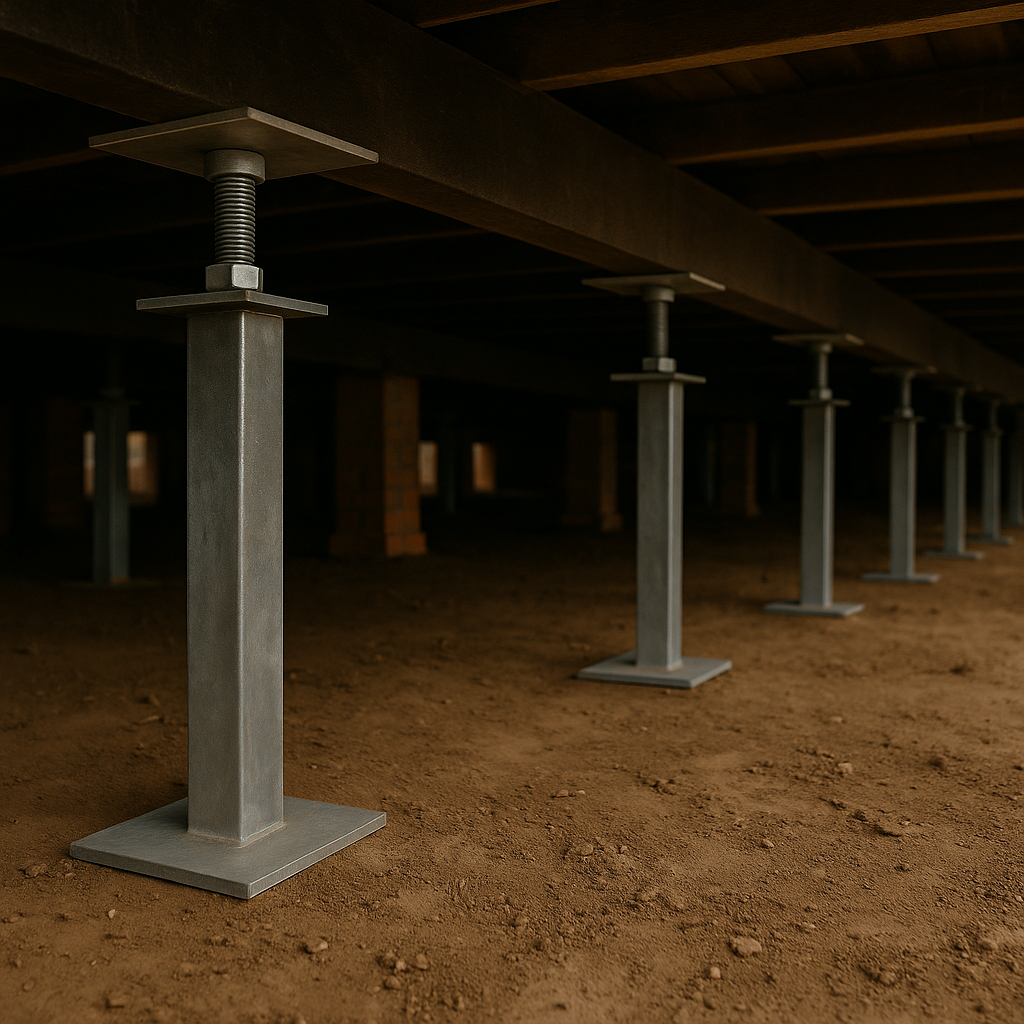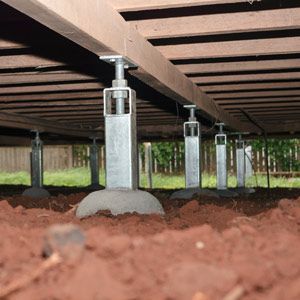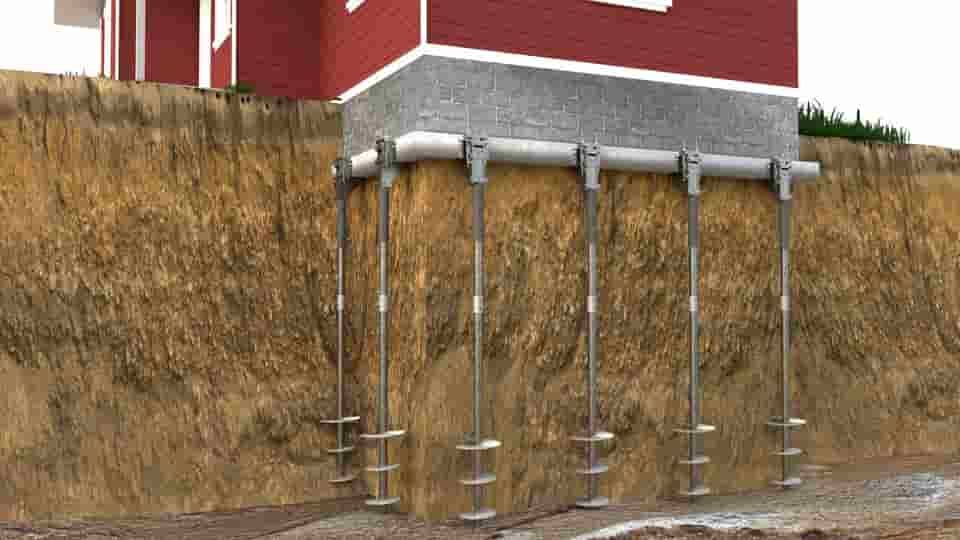What’s the Average Cost to Relevel a House in Sydney?
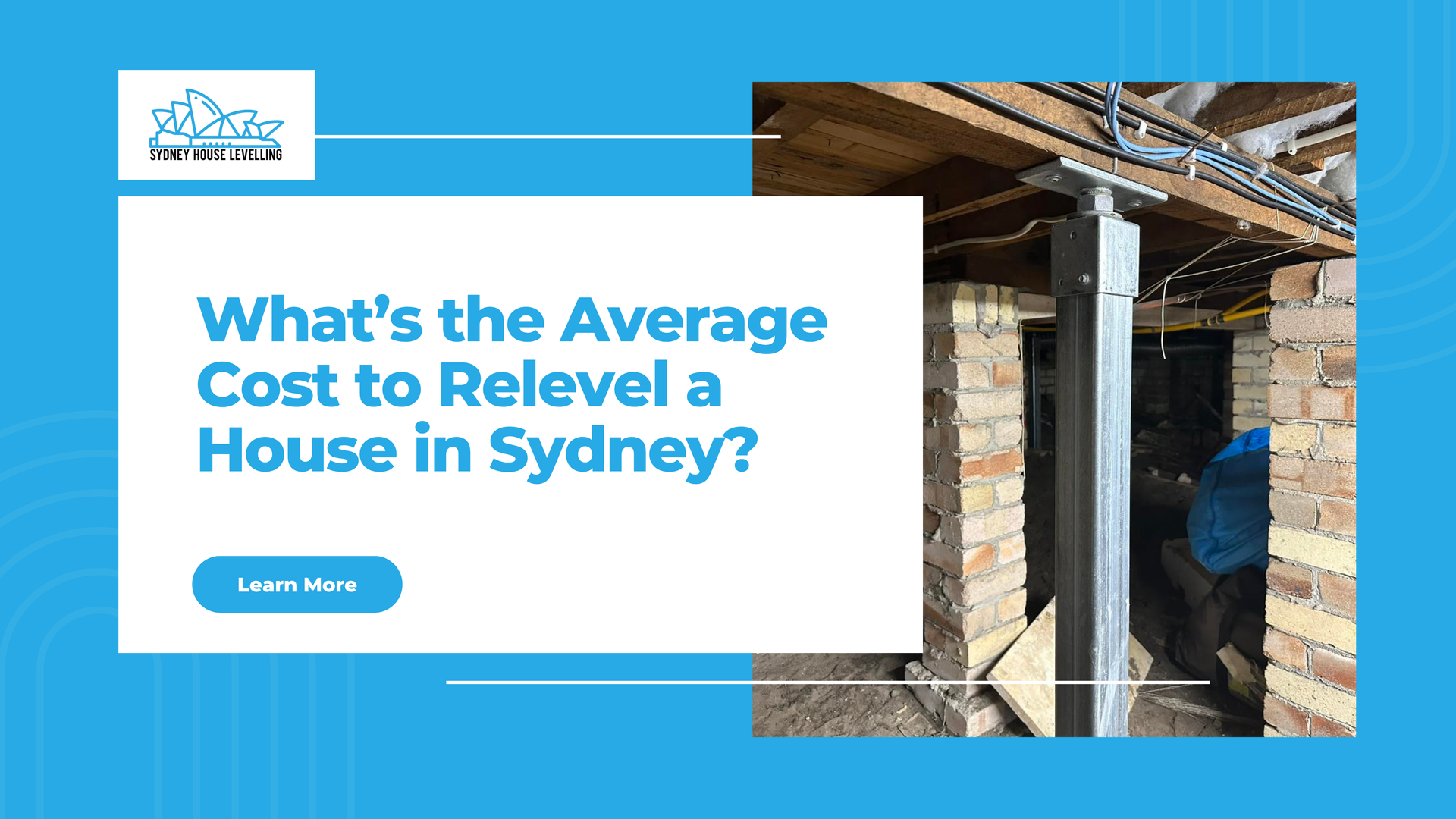
What’s the Average Cost to Relevel a House in Sydney?
If your floors are sloping, your doors aren’t shutting properly, or cracks keep forming in your walls, you might be dealing with foundation movement. And while it’s something you’ll want to address sooner rather than later, most homeowners have one big question first: “How much is this going to cost me?”
The answer? It depends — but we’ll walk you through what affects the cost of house relevelling in Sydney , what you can expect to pay, and how to get the best value without cutting corners.
What Affects the Cost of Relevelling?
No two homes are the same, and neither are their foundations. The cost of relevelling will depend on a few key factors:
- Type of foundation – timber stumps, concrete slab, brick piers, or a combination
- Extent of movement – is it a minor dip or widespread sinking?
- Number of stumps or footings that need replacing
- Access – tight sites or steep blocks require more labour and time
- Soil conditions – reactive clay, moisture levels, or erosion
- Whether floor levelling or cosmetic repairs are needed afterwards
Average Costs Based on Foundation Type
Here’s a general breakdown of what homeowners in Sydney might expect to pay:
- Partial restumping:$4,000–$8,000 for 10–20 stumps
- Full restumping (standard home):$10,000–$20,000
- Underpinning concrete slab:$2,500–$5,000 per pier
- Floor levelling only:$1,500–$4,000 depending on material and area size
- Relevelling on a sloped block:$12,000–$25,000 due to added engineering and access work
Note: These are average estimates and actual prices can vary based on site-specific factors.
What’s Included in the Price?
At Sydney House Leveling, our quotes are clear and comprehensive. A standard house relevelling job typically includes:
- Full site inspection and level measurements
- Supply and installation of new steel or concrete stumps
- Jacking, lifting, and levelling the structure
- Waste removal and cleanup
- Post-work checks and structural integrity review
We’ll also flag any recommended drainage or ventilation upgrades that can help prevent future movement.
How to Save Without Cutting Corners
Relevelling is a specialist job — and it’s not one you want done twice. Here’s how to get the best value:
- Get multiple quotes, but focus on experience and what’s included — not just price
- Ask about materials(e.g. galvanised steel vs timber)
- Check reviews or past projects before you commit
- Fix early — smaller issues cost less to repair than major shifts
Is It Worth It?
Yes. Relevelling your home not only improves safety and comfort, it protects your asset. Left untreated, structural movement can lead to major repairs, unsafe living conditions, or difficulty selling the property later on.
It’s an investment in the long-term health of your home — and with the right team, it’s one that pays off.
Get a Free Quote from Sydney’s Levelling Specialists
At Sydney House Leveling, we’ve helped hundreds of homeowners across the region understand what’s going on beneath their homes — and what it takes to get everything back to level.
Or book your free inspection online at sydneyhouselevelling.com.au
We’ll give you clear answers, honest pricing, and results that last.

